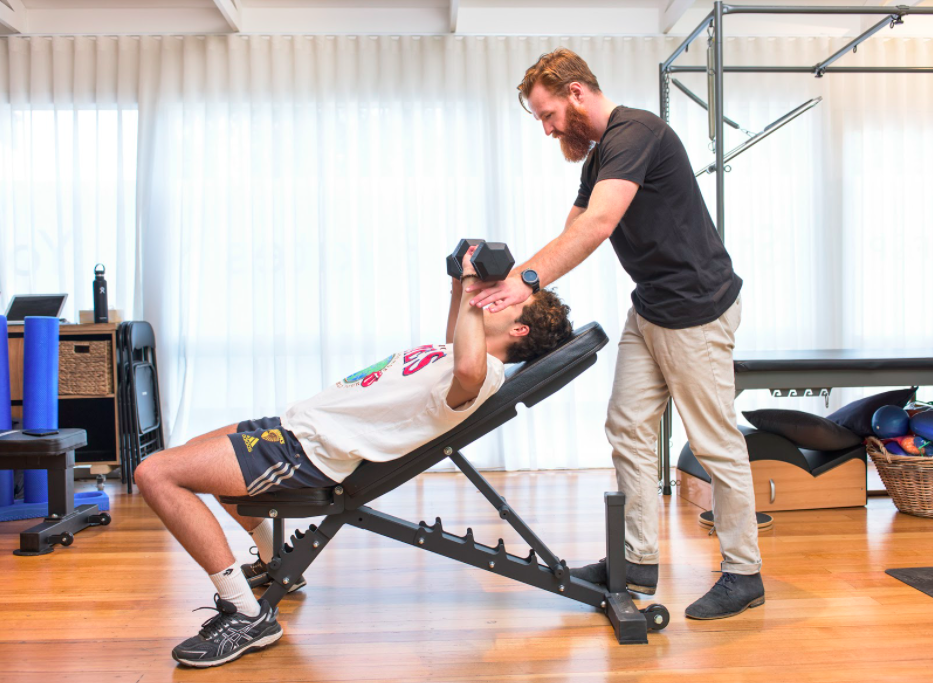Youth Strength Training
There is clear evidence that strength (resistance) training can be a beneficial activity for children and adolescents. Some of the documented outcomes include improved strength, power, and speed; stronger bones; reductions in injury rates & improved sports performance.
While a growing number of youths (defined as 12-24 years old in Australia) are participating in resistance training programmes in schools, universities, gyms and sports training facilities many parents still wonder what age is safe for children to start resistance training and what precautions should be taken so that training is safe for their growing bodies?
A common misconception about strength training in children is that exposure to loads that generate strength gains can cause damage to their bones and muscles. There is no evidence to support this.
The risk of injury resulting from correctly prescribed and performed resistance training (including weight lifting) and plyometrics is not any greater than the risks associated with other sports and activities.
The risk of harm to a child undertaking resistance training is related to the level and quality of supervision rather than the training per se. Inadequate professional supervision leads to poor exercise technique and inappropriate management of training loads.

Resistance training can start at as early as 6 years of age provided the child can follow clear instructions (little gymnasts performing careful push ups for example). This is something as physiotherapists we often do – adding in bodyweight and resistance band exercises at home to rehabilitate injuries for instance.
Before beginning resistance exercises, specific criteria to measure strength with bodyweight tasks should be met. These vary depending on age and gender and these criteria should be strictly adhered to by an adequately qualified supervising professional. The professional should meet youth training guidelines imposed by strength and conditioning governing bodies in Australia such as ASCA (Australian Strength & Conditioning Association) and have a good knowledge of developmental anatomy, physiology, and injury rehabilitation.
The dosage and resistance level of exercises should depend on the age and skill level of each child and should be individualised to the inherent biomechanical attributes and goals of each child. This means that programs should be tailored to reduce the risk of injury depending on each child’s musculoskeletal attributes and to their sport-specific, activity-related, or general goals when commencing resistance training.
Strength & conditioning programmes designed and supervised by qualified professionals who have an understanding of youth resistance training guidelines as well as the physical and psychosocial attributes of children and adolescents is an effective strategy for reducing sports-related injuries in young athletes and can offer healthy lifestyle choices to young people.
To kickstart your child’s resistance or sports performance program, enquire about the Youth Strength & Conditioning Classes at Form and Practice in Olinda with S&C trained physiotherapists.
See our timetable and book online here
References:
- https://www.ncbi.nlm.nih.gov/pubmed/17241104
- https://www.ncbi.nlm.nih.gov/pmc/articles/PMC3483033/
- https://www.strengthandconditioning.org/images/resources/coach-resources/resistance-training-for-children-and-youth-asca-position-stand.pdf
- https://journals.lww.com/nsca-scj/FullText/2017/12000/NSCA_Strength_and_Conditioning_Professional.1.aspx
